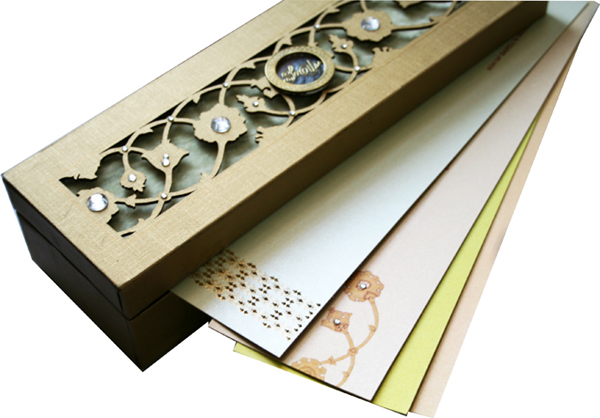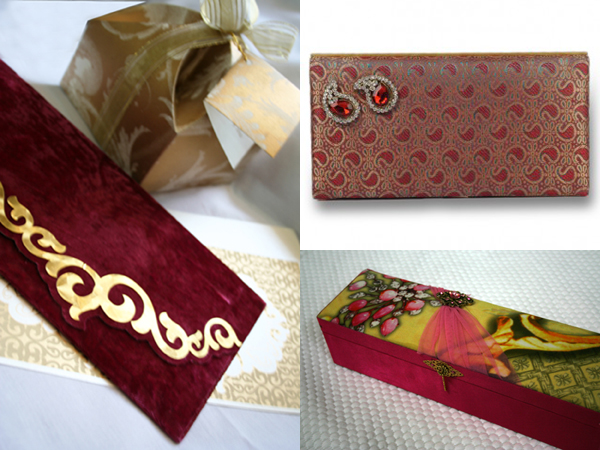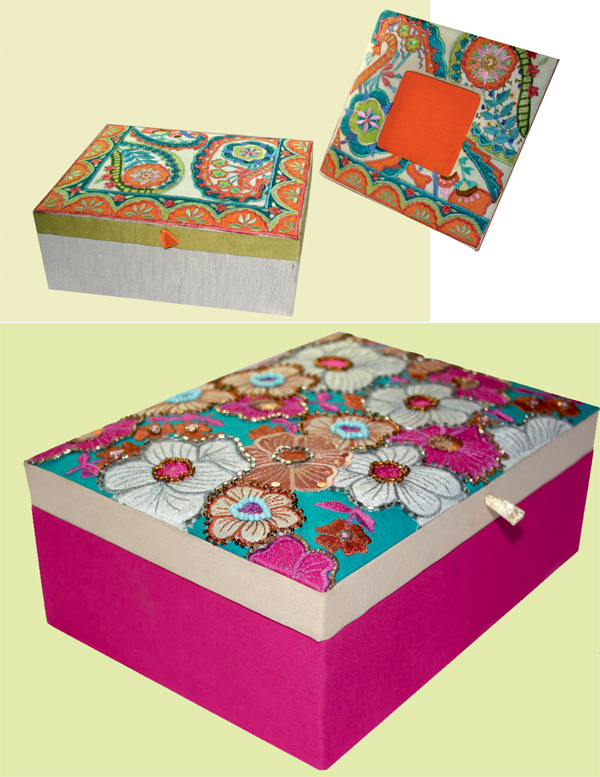Marrychoice.com- No:1 userfriendly matrimonial site
We very often assist brides with their shopping and find that when it comes to jewelry – they want to invest in something they can wear again. Let’s take a look at some must have jewelry pieces for your wedding ensemble, which could be worn even after!
A pearl necklace is a must have for every jewelry box. These give a sophisticated touch to your outfit and enhance its beauty. Pearls always remain in fashion for every age and can be teamed with almost anything for that chic Audrey Hepburn look. Pair it with your gown for your sangeet or cocktail event!
Bangles or bracelets are a piece of jewelry that can be worn often. Choose between the delicate tennis bracelet or even a beautifully crafted kada.
We very often assist brides with their shopping and find that when it comes to jewelry – they want to invest in something they can wear again. Let’s take a look at some must have jewelry pieces for your wedding ensemble, which could be worn even after!
Ear rings
Every girl absolutely must own a pair of diamond solitaire stud or hoop earrings to achieve the simple classic look. They are delicate and elegant earrings that can be worn at any time of the day and they suit almost any face type. You could go for round or square diamonds as per your choice. A perfect choice for your wedding would be these teardrop earrings which can be taken apart to create just a solitaire stud or hoops for everyday wear.
Rings
A petite but beautiful Emerald or Princess cut diamond ring or a big flashy cocktail ring with dainty diamonds or chunky gemstones - choose something that matches your persona and style. Wear it at one of your pre wedding events and even after to add that extra oomph to any outfit!
Indian polki or jadao set
A Jadao or Polki diamond set completes a jewelry box. Exuding a certain timeless appeal and a touch of royalty, these jewels are perfect to achieve a contemporary, feminine and delicate look. And yes, you could even wear it after on that little black dress!
Pearl Necklace
A pearl necklace is a must have for every jewelry box. These give a sophisticated touch to your outfit and enhance its beauty. Pearls always remain in fashion for every age and can be teamed with almost anything for that chic Audrey Hepburn look. Pair it with your gown for your sangeet or cocktail event!
Bracelets
Bangles or bracelets are a piece of jewelry that can be worn often. Choose between the delicate tennis bracelet or even a beautifully crafted kada.









 A Bit about Mehndi
A Bit about Mehndi Pakistani Mehndi on the other hand, is the most detailed and intricate of the lot. It thus goes without saying that the application of this type of Mehndi is time consuming.
Pakistani Mehndi on the other hand, is the most detailed and intricate of the lot. It thus goes without saying that the application of this type of Mehndi is time consuming.



 The bride, along with her close relatives, visits a temple on the morning of the wedding day (or the evening the day before). She might light the wicks on the temple lamp-pillar (pic left) and pray to the deity to make her married life a happy one. This would appear to be a new ritual in today's world of durable, long-term marriages. Such was not the case with Nair marriages of an earlier time.
The bride, along with her close relatives, visits a temple on the morning of the wedding day (or the evening the day before). She might light the wicks on the temple lamp-pillar (pic left) and pray to the deity to make her married life a happy one. This would appear to be a new ritual in today's world of durable, long-term marriages. Such was not the case with Nair marriages of an earlier time. When the bridegrom and bride are seated on the stage, the former ties a
When the bridegrom and bride are seated on the stage, the former ties a 